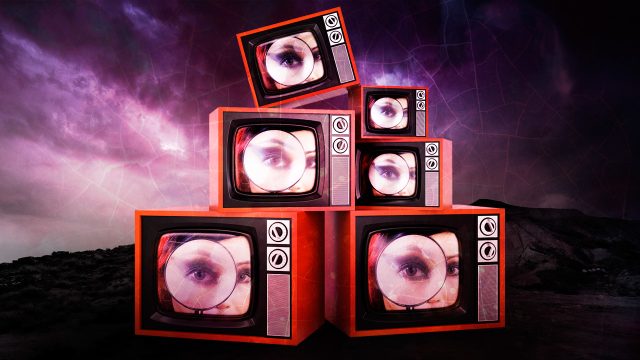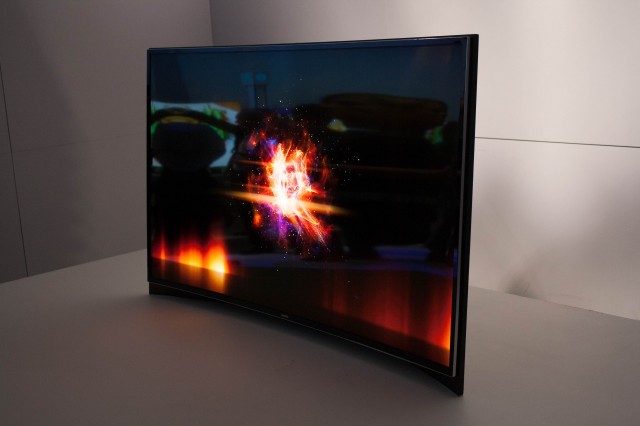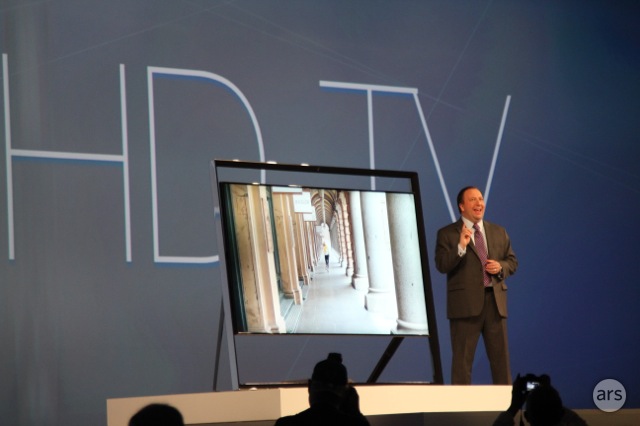
Though television has existed for well under a century, its mark on culture and society is indelible and undeniable. Last week, we described how TV got to where it is today: by traveling a winding road of antennas, black and white broadcasts, news and game shows, broadcast formats, reels, and remotes.
These days, TV as we’ve known it is facing a confusing time. After a long, comfortable, monogamous relationship between cable and satellite providers and the living room, the Internet has come at the concept of TV in full force. A rush of power has been handed back to the consumer.
Unease pervades most of what is happening with regard to video content, from the hardware we use to watch it to the services we pay to access it—if we pay for services at all. The power balance has been disrupted, and there is no clear resolution in sight.
The screens, in a slow fade
After circling the rows of glowing HDTVs and their massive price tags for years, customers finally started to buy into the new HD sets in droves seven or eight years ago. Today homes are saturated with them, and we can’t get them big enough.
Plasma TVs reigned in quality for a long time, especially at larger sizes. This was largely because it was impossible to make an affordable LCD much bigger than 40 inches. Now plasma is fading into the background a bit as increasingly massive LED-powered LCD TVs take over stands, walls, and shelves.
Though large LCD screens have become feasible, they aren’t growing heavier. The LED construction may carry a significant price premium over standard LCDs, but it allows the panels to be remarkably thin, to the tune of a couple of inches.
This isn't to say plasma doesn’t still have its place, although negative impressions from burn-in trailed it for many years (in modern sets, this is mostly a non-issue). Certain plasma sets can still achieve better color balance and black levels than many LCDs, and plasma prices have come down over the years.


OLED TVs are likely the next big thing on the hardware horizon. At present, they’re in the price range of most advanced medical procedures—LG’s 55-inch model debuted for $12,000 in January. But with those hefty price tags come unprecedented thinness. OLEDs (organic light emitting diodes) work by emitting light when a current is passed through them, obviating the need for a backlight. Each pixel in an OLED screen is a diode. Because achieving black is as simple as turning the right pixels off completely rather than selectively dimming the backlight, an OLED can achieve black much more easily than an LCD or LED TV can.
OLED screens are also more flexible, which gives us sets like the weird curved panel from Samsung we saw at CES. It’s an attempt to achieve a pseudo-IMAX-like effect. While it doesn’t work completely on this scale, massive, curved screens (i.e., one continuous IMAX screen) could be technically feasible.

We can't talk about where TVs are now without touching on the relative abomination that has been 3D TV. Consumer 3D TVs started to enter the market around three years ago to some initial excitement. But even as the sets progressed from requiring viewers to wear glasses to 3D effects you could see without headgear, the feature has failed. It hasn't created a renaissance of compelling content; it hasn't convinced anyone it’s an essential feature. 3D remains a gimmick.
That said, 3D comes standard on many TVs now. If customers are pursuing a new set, they are likely to get it whether they want it or not. It’s hard to see the feature as anything more than an add-on that was an attempt to revive TV sales and drive customers back into stores once the surge of HD sales died down (that it requires a whole new type of content helps TV and movie creators, too). 3D didn’t capture much attention, but cranking up the resolution again may reignite buying interest where 3D failed.
TVs are about to see their second significant resolution bump in history, from “HD” (720-1080p) to “Ultra HD” (4K-8K). 4K, which is actually 2160p, and 8K, which is 4320p, came out in force at CES this past year, with many a demo reel showing off extra-crisp content on the high-resolution screens.
At present, these sets still suffer from the same issue that HD did at its outset over a decade ago: they look great, but there's no content to put on them. A few companies have stepped up to offer partnerships for 4K content, but it’s hardly a fast-moving trend. 4K will be a particularly difficult hurdle for streaming content, in terms of working against connection speeds and the few bandwidth caps that have managed to make it into certain service contracts.
But even as TVs have tightened their act and slimmed down like every nerd transformation preceding a high school reunion, our consciousness is turning slightly away. This is thanks to the Internet and the more natural home of Internet programming: our computers.
There seem to be ten mentions of cable cutters for every cable cutter that actually exists, but TVs as an appliance could start to suffer as a result of the shift from traditional cable- and physical-media-fueled consumption. It’s far more work (and money) for the average would-be sitcom watcher to figure out how to get Netflix or Hulu or Redbox or a TV channel’s proprietary site from their computer to the big screen than it is to just sit down and watch it on their monitor.
And that is really where TVs sit on their long journey: they’ve gone from the end destination, containing a tuner, to a means—a monitor for everything else we can plug into it.
reader comments
147